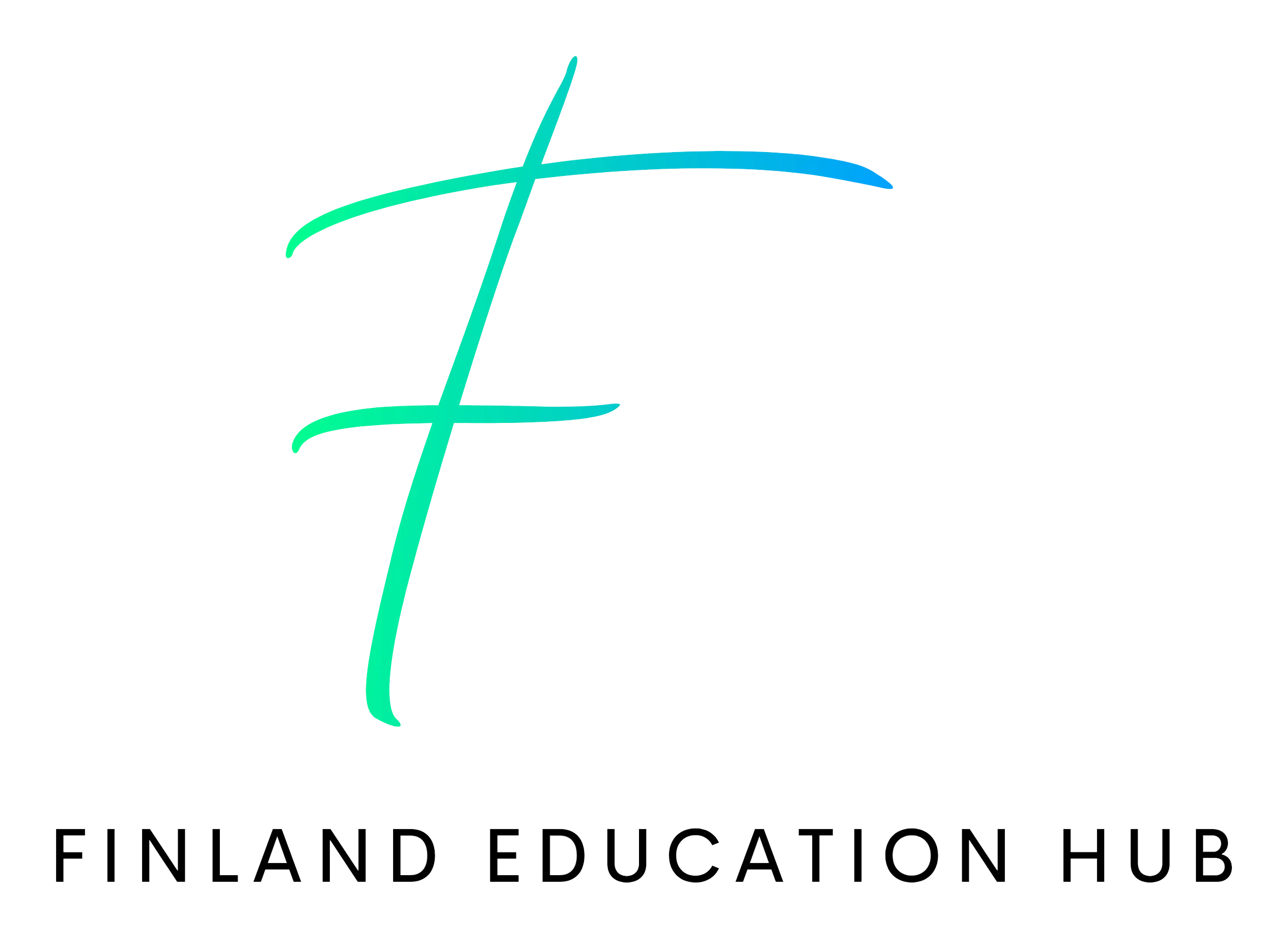Exploring the Finnish Approach to Inclusive Education
Finland’s creative, student-centric approach to education, which places a high value on inclusivity and equal opportunity for all, has earned it the reputation of being a global leader in the field. The K-12 finnish education system in Finland, in particular, is built to accommodate a diverse student body and make sure that each student has access to the tools and assistance they require for success.
Let’s explore the key components and principles that make the Finnish Education System approach to inclusive education so effective and respected worldwide.
Understanding Inclusive Education in Finland
Inclusive education in Finland is grounded in the belief that every child has the right to education and should be able to learn in a supportive and inclusive environment. This principle is deeply embedded in the Finnish educational ethos, ensuring that students with varying abilities, backgrounds, and needs are accommodated within the mainstream education system. The aim is to provide a holistic and personalized learning experience that fosters the overall development of each child.
Key Components of the Finnish Inclusive Education System
Individualized Learning Plans (ILPs)
In Finland, the educational approach recognizes that each student is unique, with their own strengths, weaknesses, and learning styles. Teachers work closely with students and their families to develop Individualized Learning Plans (ILPs) that outline specific goals, strategies, and support mechanisms tailored to the student’s needs. These plans are regularly reviewed and adjusted to ensure that they remain relevant and effective.
Flexible Curriculum
The Finnish K-12 education system is characterized by a flexible curriculum that allows for differentiation and personalized learning. Teachers have the autonomy to adapt their teaching methods and materials to cater to the diverse needs of their students. This flexibility enables educators to create a learning environment that is both challenging and supportive, ensuring that all students can engage with the content at their own pace and level.
Support Services and Special Education
Finland places a strong emphasis on providing comprehensive support services to students who require additional assistance. Special education teachers, school psychologists, and other support staff work collaboratively with classroom teachers to identify and address the needs of students with learning difficulties, disabilities, or other challenges. These services are integrated into the mainstream education system, ensuring that students receive the necessary support without being segregated from their peers.
Teacher Training and Professional Development
Finnish teachers are highly trained and continuously supported in their professional development. Teacher education programs emphasize the importance of inclusive practices and equip educators with the skills and knowledge needed to support diverse learners. Ongoing professional development opportunities ensure that teachers stay updated with the latest research and best practices in inclusive education.
Collaborative Learning Environment
Collaboration is a cornerstone of the Finnish education system. Schools foster a collaborative learning environment where students, teachers, and parents work together to create a supportive and inclusive community. Peer support and group work are encouraged, allowing students to learn from and with each other. This collaborative approach helps to build a sense of belonging and mutual respect among students.
The Role of Policy and Legislation
Finland’s commitment to inclusive education is reflected in its robust policy and legislative framework. The Finnish Basic Education Act mandates that all students, regardless of their abilities or backgrounds, have the right to receive education in an inclusive setting.
Additionally, the Finnish National Agency for Education provides guidelines and resources to help schools implement inclusive practices effectively. These policies and guidelines ensure a consistent and cohesive approach to inclusive education across the country, promoting equity and access for all students.
The Impact of Inclusive Education on Student Outcomes
The Finnish approach to inclusive education positively impacts student outcomes. Research indicates that students educated in inclusive settings perform better academically, engage more, and develop better social skills compared to their peers in segregated settings. Inclusive education also fosters a more positive school culture, celebrating diversity and ensuring all students feel valued and respected.
Furthermore, the Finnish education system’s focus on holistic development. This ensures that students are academically successful and well-rounded individuals. The emphasis on social and emotional learning, creativity, and critical thinking equips students with the skills and competencies.
Lessons for Other Education Systems
The Finnish model of inclusive education offers valuable lessons for other countries looking to improve their education systems. Some key takeaways include:
Prioritize Individualized Learning: Recognizing and catering to the individual needs of students can significantly enhance their learning experience and outcomes.
Invest in Teacher Training: Providing educators with the skills and knowledge needed to support diverse learners. It is crucial for the success of inclusive education.
Foster Collaboration: Creating a collaborative learning environment that involves students, teachers, and parents can help build a supportive. It also help in building inclusive school community.
Ensure Policy Support: A strong policy and legislative framework is essential for promoting and sustaining inclusive education practices.
Emphasize Holistic Development: Focusing on the overall development of students can lead to more positive and meaningful educational outcomes.
Final Words
The Finnish approach to inclusive education demonstrates. It is possible to create a system where every student, regardless of their abilities or backgrounds, can thrive. The Finnish K-12 education system serves as a powerful example of how inclusive practices can lead to better outcomes for all students, contributing to a more equitable and inclusive society.

